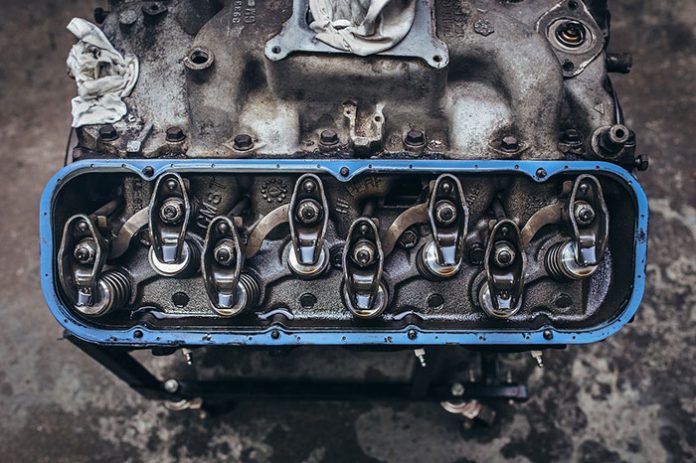Beware- You’re now entering the learning zone!
There comes a time in every automobile owner’s life when they hear the words “Blown Head Gasket!”. You know it’s serious distress when you hear these words. The repair work of a blown head gasket is an expensive and labor-intensive job. However, there are signs of a blown head gasket that you can look for yourself in your car to make sure you’re not getting scammed. Everyone, especially senior members of the family and even mom car drivers should learn the basic workings of a car after they learn how to drive one.
Let’s start with one part of a car today.
Let’s learn about head gaskets and signs of a blown head gasket so you may better understand your car and the importance of changing a blown head gasket as soon as possible.
What exactly is a head gasket?
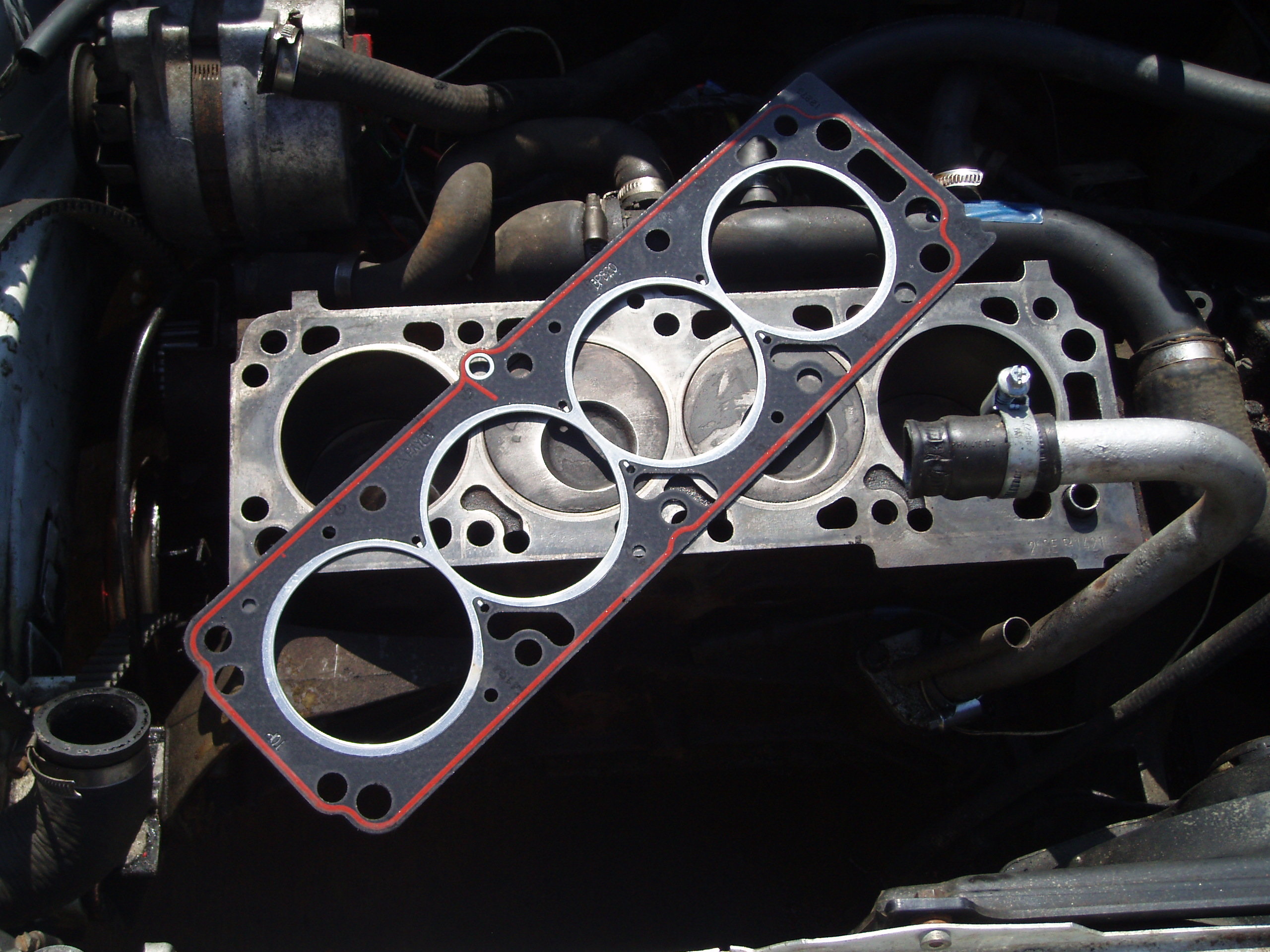
First things first, what is a head gasket and what is its function in our car’s engine? Well, defining it in simplest terms, it is a seal in your engine between the head and the block that prevents leaks.
There are two main bodies of an internal combustion engine (ICE); the cylinder head (where the valves, camshafts, etc. reside) and the engine block (with cylinders and pistons). The head gasket is sandwiched in the conjunction of these two bodies to ascertain a leak-proof connection.
What is the purpose of a head gasket?
Now, as the seal of these two bodies, the head gasket’s job is to prevent the leakage of any gases or liquids passing between them. The fluids that pass between these two bodies are combustion gases, water and coolant, and lubricating engine oil. Now, if any of these were to mix with one another or seep into the cylinders, it will cause the engine to run poorly and overheat.
Another major purpose of the head gasket is to maintain the pressure in the cylinders. If the cylinder loses pressure, the engine will burn more fuel and give less power.
Types of head gaskets
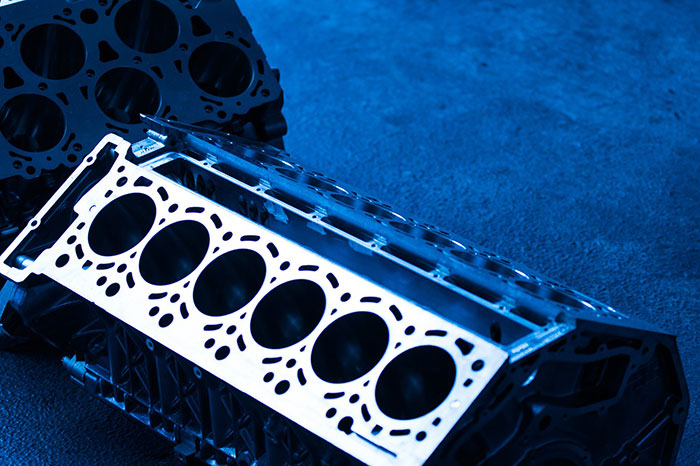
There are different types of head gaskets categorized by the type of material they are made up of. Some popular types of head gaskets are as follows:
- MLS (Multi-layer steel) Gasket
- Solid Copper Gasket
- Composite Gasket
- Elastomeric Gasket
- O-Ring Gasket
Head Gasket Leaks and the Causes of a Blown Head Gasket:
The term “blown head gasket” refers to a leaking head gasket. The fluids that pass between the cylinder head and engine block must stay in their relevant circuits and should not lose pressure or leak. The head gasket is there to make sure that it stays that way. However, if there is a leak in the head gasket, it means that the engine will lose pressure and the fluids will mix with one another causing engine operations to hinder.
Types of head gasket leaks
According to their positioning, there are two types of head gasket leaks; internal and external leaks. We will discuss them below.
1. External Head gasket leak
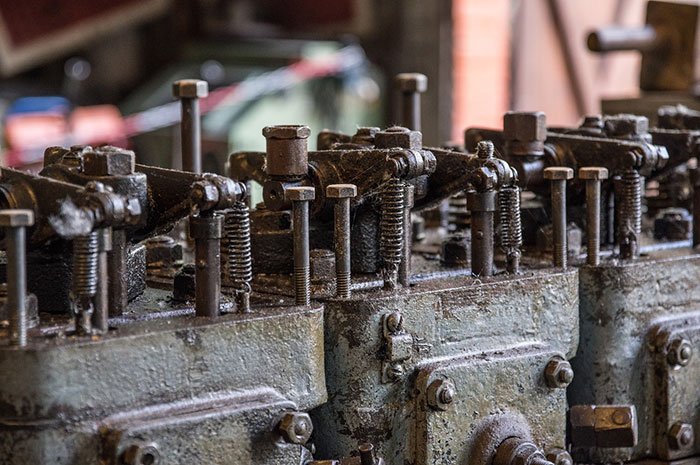
The external head gasket leaks occur when the gasket fails to seal the fluids inside the engine and they seep out. You can check the signs of a blown head gasket as they are visible and you can tell them easily by checking for oil or coolant leaks around the head and block seal or below the engine.
2. Internal Head Gasket leak
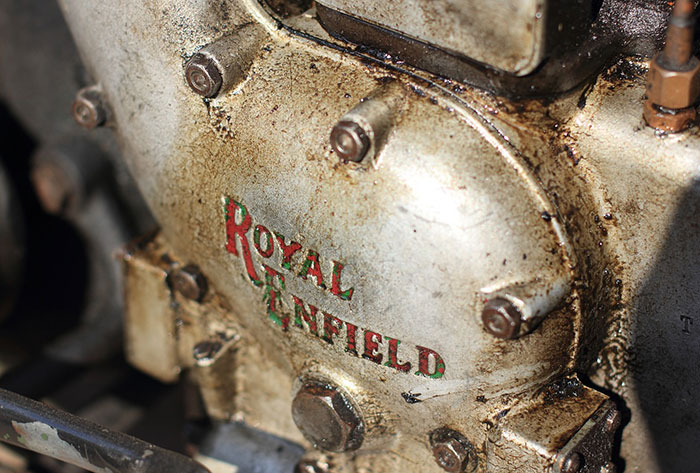
As discussed earlier, whenever the head gasket leaks from the inside, it causes the fluids to leave their circuit and mix with other fluids. This can cause an array of problems. The coolant can leak and mix with the oil or seep into the cylinders, sometimes both. The signs of a blown head gasket for internal leaks can be a nuisance and hard to tell. Though there are several ways to look out for them, we will discuss them later in this article.
Causes of a blown head gasket
There can be many causes of a blown head gasket, but the most major one is overheating of the engine.
- Overheating:
Very high temperatures are the worst enemy of head gaskets. The most common cause of a blown head gasket is overheating of the engine. The causes of overheating include low levels of oil, water, and coolant in the engine. Worn-out engine components such as pistons and rings can also cause the engine to overheat. Overheating causes the metals to expand and when they cool down and contract, they do not align perfectly and cause leaks.
- Aluminum Head Engine
Different engines have different materials, some engines use iron heads and blocks, while some use aluminum heads and blocks. Iron has a low thermal expansion rate and is stronger than aluminum but is also heavier. On the other hand, aluminum is lighter but has a higher expansion rate. Most new cars use aluminum heads and iron blocks to make the engine stronger yet lighter. However, this can cause problems at higher temperatures as both metals expand at different rates and can cause leaks in the head gasket.
- Wear and Tear
Another cause of a blown head gasket is the wear and tear of the gasket. As time passes, the wear and tear of the head gasket can cause it to break and leak.
- Composite Materials
The head gaskets made of composite materials are more prone to blowing due to using different materials that have different chemical and physical properties.
- Faulty Head Gaskets
Sometimes the problem is there from the start, meaning, the head gasket had a manufacturing fault. Furthermore, the mechanic installing the head gasket might damage it unknowingly while installing it.
The Signs of a Blown Head Gasket you should look for:
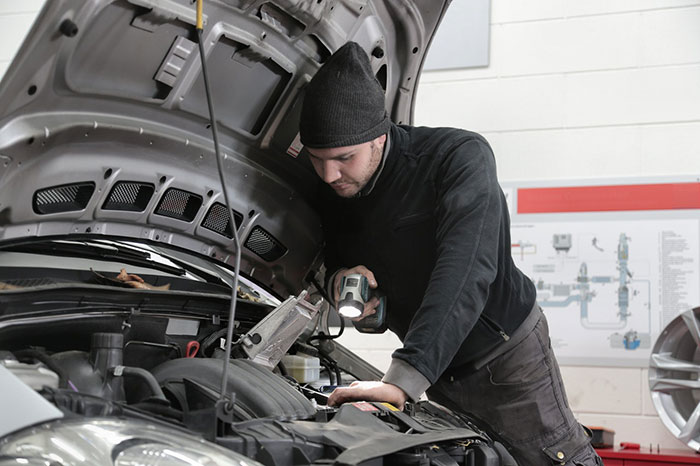
If you think your vehicle may have a blown head gasket then you should look for the signs of a blown head gasket to confirm. The symptoms of a blown head gasket can present themselves in many forms, let’s take a look at them.
Exhaust Gases:
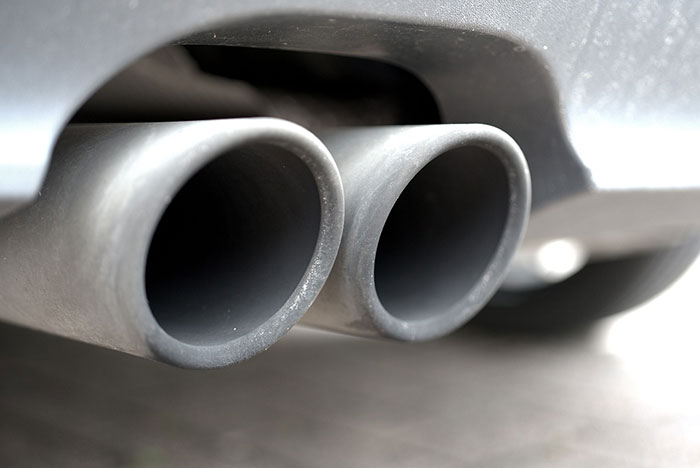
The first signs of a blown head gasket will show up through the exhaust pipe. The color of smoke coming from the exhaust can tell if you have a blown head gasket.
Blue Smoke from the exhaust pipe
If the smoke coming from the exhaust pipe of your vehicle is of a bluish hue, it is a sure tell sign that too much engine oil is entering the combustion chambers of the engine. Although, there may be other possibilities of engine oil leakage than a blown head gasket. However, if statistics tell us anything, it is most probably a head gasket leak.
White Smoke from the exhaust pipe
The steamy white smoke coming from the exhaust pipe is common when you start the engine in the morning and in winters. However, if the car is running for some time and the temperature gauge shows normal running temperature and you still see a thick white smoke, it is bad news. The thick white smoke from the exhaust means coolant is entering and burning in the combustion chamber.
Engine Oil:
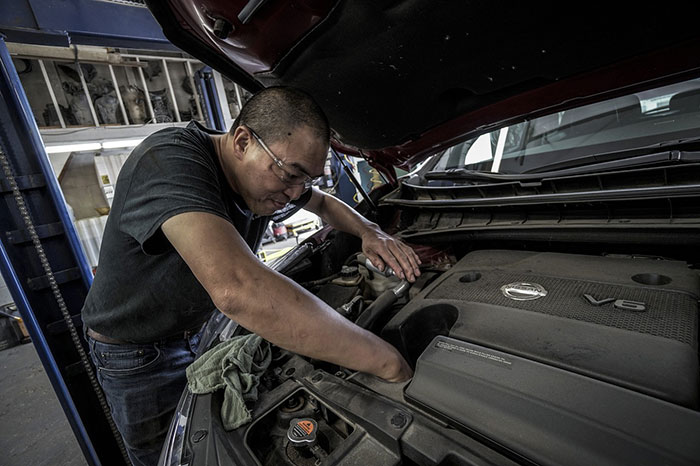
The secondary signs of a blown head gasket present themselves in the oil filler cap and dipstick of the engine oil. If you see a thick white mayonnaise-like paste on the oil filler cap or dipstick of the engine oil, it means that the engine oil is mixing with the coolant.
Now, this alone is not proof of a blown head gasket as there might be a leakage elsewhere in the circuits. However, the presence of this mayonnaise-like paste with other symptoms of a blown head gasket means, there surely is a leak in the head gasket.
Coolant:
Moreover, another telling sign of a blown head gasket is the presence of foam or bubbles in the radiator. You can check this by cooling the engine down and removing the radiator cap. Then start the engine and rev it, if you see bubbles or foam forming in the radiator it means there is a leak in the circuit.
What if you ignore a blown head gasket?
Furthermore, ignoring a blown head gasket will cause a range of problems to the engine. To name a few, the engine oil level will drop and the moving parts of the engine will wear more and the life of the engine will reduce significantly. The coolant levels will also drop causing the engine to overheat easily which in turn causes extensive damage. Other than that, the engine will run poorly and burn more fuel while producing little power.
How to Test for a Blown Head Gasket?
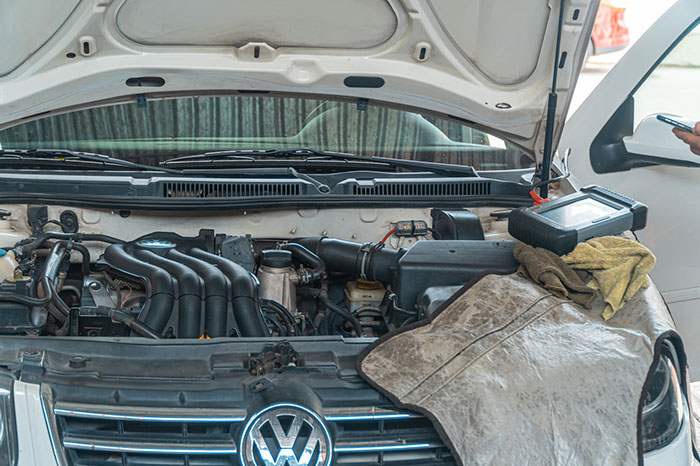
As discussed above, the signs of a blown head gasket overlap greatly with other leaking components. Though, if one or more of the above symptoms of a blown head gasket is present in your vehicle it is then sure that the head gasket is the source of leakage. You can test it by checking the color of exhaust gases, and then checking the engine oil filler cap and dipstick, and then checking the coolant. Accordingly, if any of the two signs are present, it is a certain bet that you have a blown head gasket. Once you’re confident that it’s the head gasket, then you should check for head gasket solutions to repair it.
Conclusion:
Consequently, it is best to take care of your car’s engine to increase its life. The better you care for your engine the lesser it will break. Now you know all about head gaskets so you can maintain them properly and check for early signs of a failing head gasket. We must urge you to drive safely and responsibly and take care of yourself and the people around you.
Images from: Wikimedia Commons


